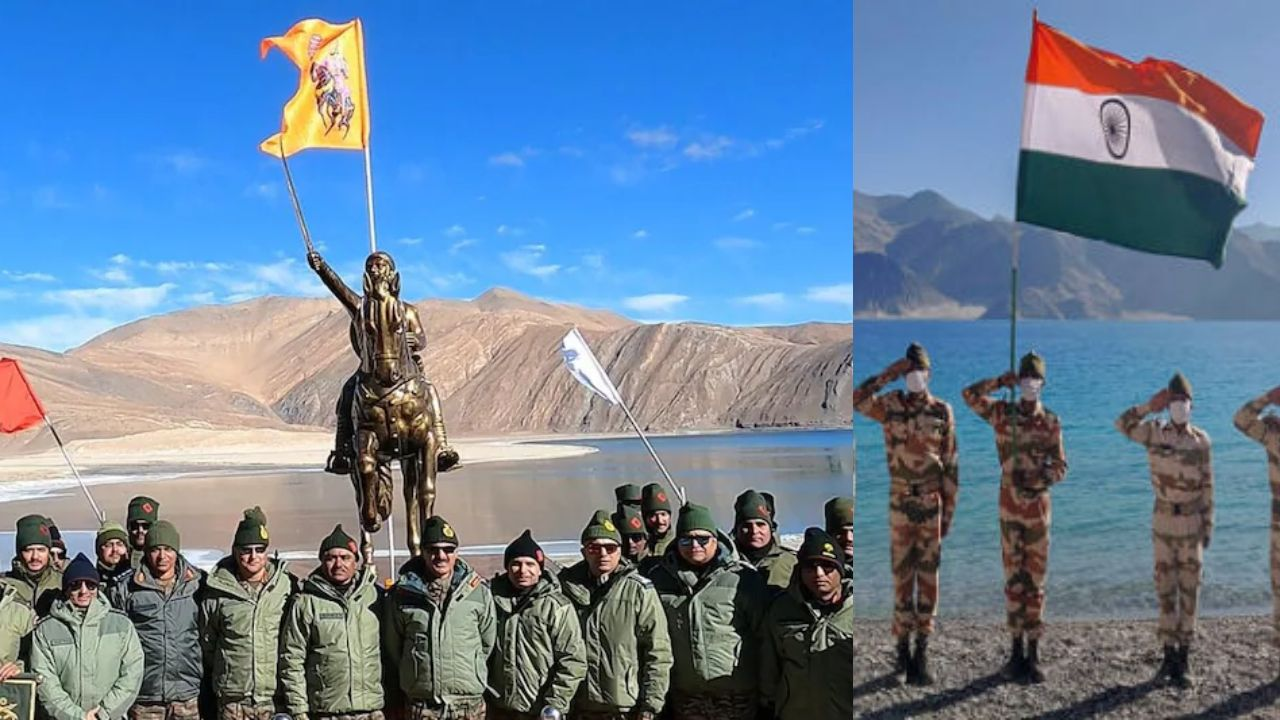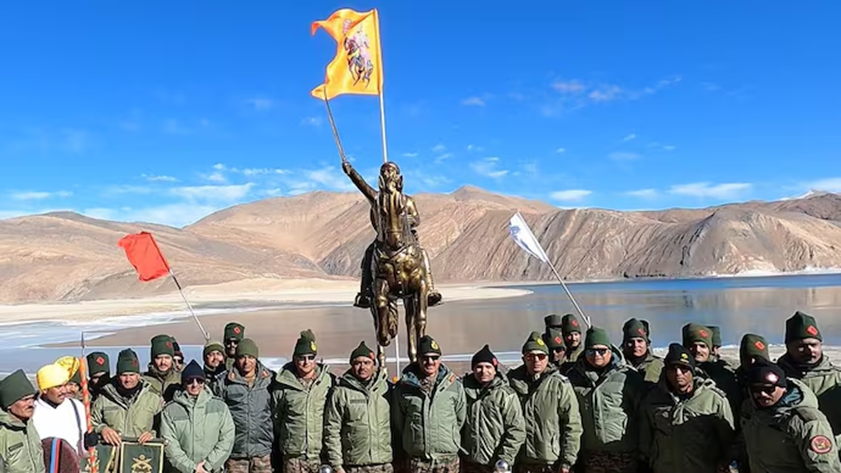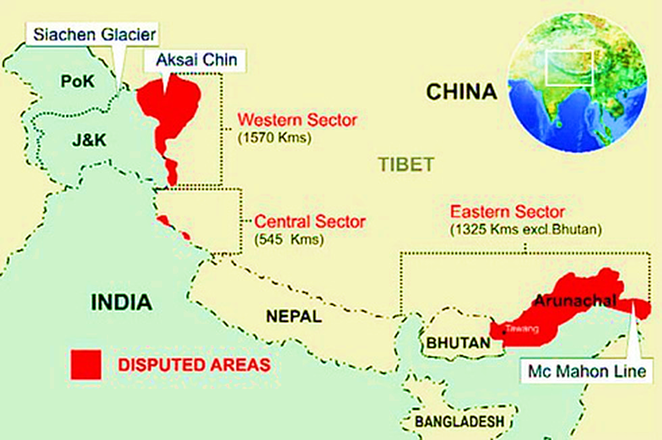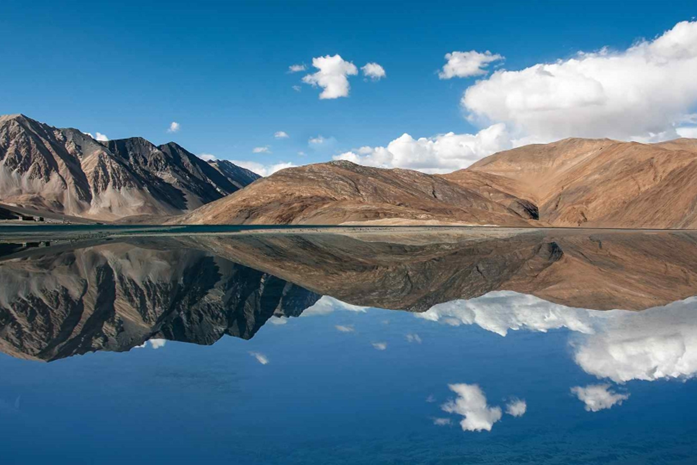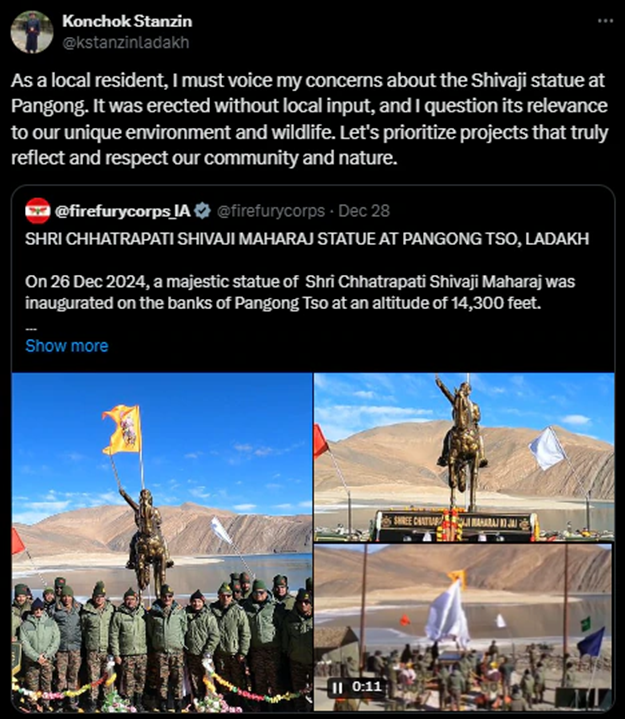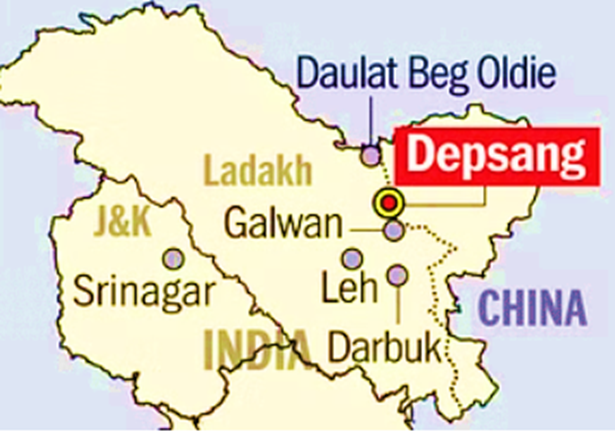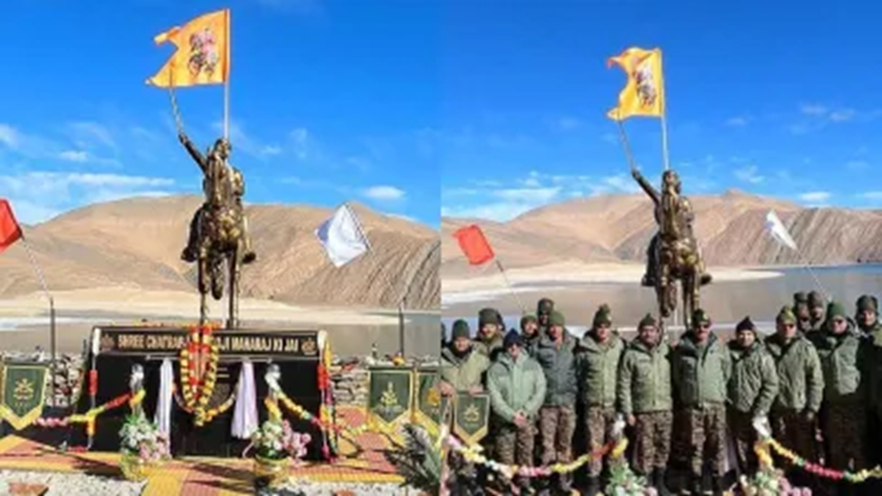Indian Army has recently unveiled a grand statue of Chhatrapati Shivaji Maharaj at Pangong Tso in Ladakh near the India-China border, a move that has drawn both praise and criticism. Installed by the Fire and Fury Corps, the statue honours the legendary Maratha king, celebrated for his courage and foresight. While the installation underscores India’s strategic and cultural presence in the contested region, it has also sparked controversy over its relevance to Ladakh’s heritage and ecology.
Chhatrapati Shivaji Maharaj’s Statue Near LAC
Why In News
- Indian Army has recently unveiled a grand statue of Chhatrapati Shivaji Maharaj at Pangong Tso in Ladakh near the India-China border, a move that has drawn both praise and criticism. Installed by the Fire and Fury Corps, the statue honours the legendary Maratha king, celebrated for his courage and foresight. While the installation underscores India’s strategic and cultural presence in the contested region, it has also sparked controversy over its relevance to Ladakh’s heritage and ecology.
Symbolism At Pangong Tso
- Pangong Tso, a picturesque yet strategically vital high-altitude lake in eastern Ladakh, has long been a flashpoint in India-China relations. The lake gained prominence during the 2020 standoff, when both nations’ forces engaged in intense confrontations along its banks. Following a disengagement agreement in 2021, the region remains a sensitive area of geopolitical significance.
- The installation of the Shivaji statue at Pangong Tso is not merely symbolic but also reflects the Army’s changed posturing along the Line of Actual Control (LAC). The statue, standing tall at over 30 feet, was crafted to honour the legacy of the Maratha warrior king, who is celebrated for his military prowess, administrative skills, and efforts to promote a just and egalitarian society.
- The initiative aligns with the Army’s broader strategy of enhancing infrastructure in Ladakh, including roads, bridges and fortified installations, to bolster preparedness against potential threats.
- The statue serves as a reminder of India’s strategic and cultural assertion in a region where territorial sovereignty is constantly contested.
Local Voices Raise Concerns
- The installation, however, has not been without its detractors. Chushul Councillor Konchok Stanzin expressed disapproval over the lack of consultation with local communities. “As a local resident, I must voice my concerns about the Shivaji statue at Pangong. It was erected without local input and I question its relevance to our unique environment and wildlife. Let’s prioritise projects that truly reflect and respect our community and nature,” Stanzin tweeted.
- Stanzin’s remarks have sparked a broader debate about balancing national symbolism with local identity and ecological sensitivity. While supporters view the statue as a proud declaration of India’s unity and strength, critics argue for a more inclusive approach that respects Ladakh’s unique cultural fabric and fragile ecosystem.
Strategic Context: A Broader Push
- The statue’s unveiling is part of the Army’s larger effort to solidify its position in Ladakh amid the ongoing border disengagement with China. Recent disengagement agreements at Depsang and Demchok have temporarily eased hostilities, but the need for vigilance remains critical.
- The Army’s infrastructure push, including improved mobility, troop deployment readiness and surveillance capabilities, are a clear signal of India’s resolve to defend its borders and maintain strategic parity with China in the region.
